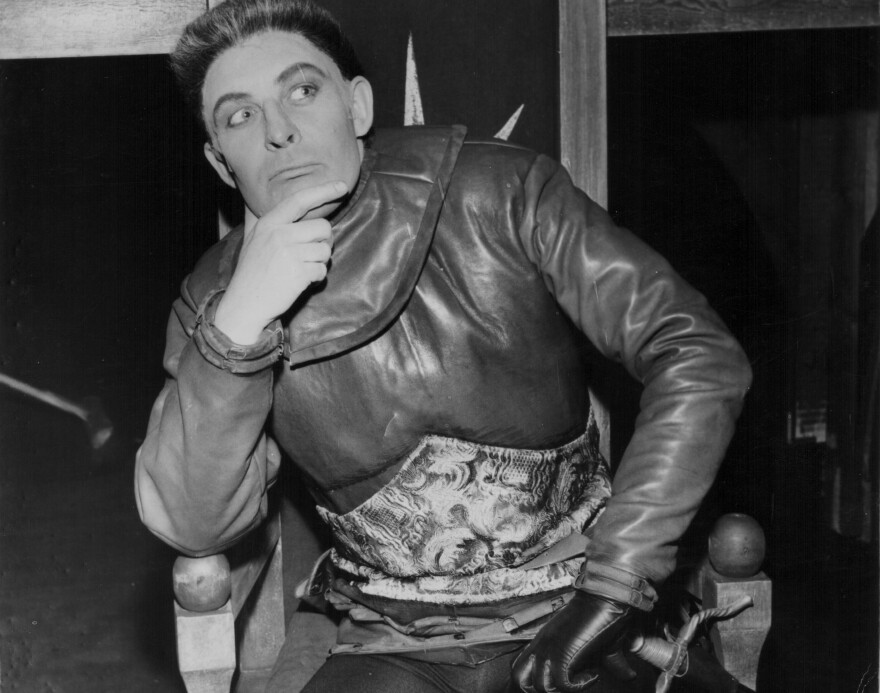The physical condition of England's King Richard III has been a subject of debate for centuries. Now scientists say 3-D skeletal modeling shows the monarch who lived 500 years ago had a common form of scoliosis and that he's been a victim of spin on a historic scale.
The new findings cast a different light on the monarch Shakespeare described as a "poisonous bunch-backed toad." Killed in the Battle of Bosworth in 1485, the Richard's remains were verified by DNA tests last year after they were found under a parking lot in Leicester, England.
Researchers wrote about "one of history's most famous spinal columns" in The Lancet Friday, saying their 3-D visualization "reveals how the king's spine had a curve to the right, but also a degree of twisting, resulting in a 'spiral' shape." They say Richard had a "well-balanced curve" that might not have been plainly visible.
The study of Richard's skeleton also found no sign that he limped or had a withered arm, ailments that have also been assigned to him.
From London, NPR's Larry Miller reports for our Newscast unit:
"King Richard's condition was scoliosis, where the spine curves to the side. The analysis suggests only a slight effect on his appearance and his movement would not have been limited.
"Piers Mitchell of the University of Cambridge co-authored the report. He told the Lancet medical journal Richard was a victim — but of political spin:
" 'Richard would've had a much better function and a much better life than people may have anticipated merely relying on written sources from after Richard's death written by the Tudors rather than the Plantagenets, who had a significant reason to try and portray Richard III as a deformed monster.'
Richard was the last monarch of England's Plantagenet dynasty. Last week, officials announced a plan to rebury his remains in Leicester.
The research team that has been working with Richard's remains has posted a video about their work:
Copyright 2022 NPR. To see more, visit https://www.npr.org.





